Cleaning Methods for Ceramic Ultrafiltration Membranes Affected by Organic Fouling
Cleaning Methods for Ceramic Ultrafiltration Membranes Affected by Organic Fouling
Source:https://www.mdpi.com/
Abstract:
The use of ceramic membranes in the treatment and processing of various liquids, including those of organic origin, has increased tremendously at the industrial level. Apart from the selection of the most appropriate membrane materials and operational conditions, suitable membrane cleaning procedures are a must to minimize fouling and increase membrane lifespan. The review summarizes currently available and practiced non-reagent and cleaning-in-place methods for ceramic membranes that are used in the treatment of organic liquids, thus causing organic fouling. Backflushing, backwashing, and ultrasound represent the most often used physical methods for reversible fouling treatment. At the same time, the use of alkalis, e.g, sodium hydroxide, acids, or strong oxidants is recommended for cleaning of irreversible fouling treatment.
Only logged in customers who have purchased this product may leave a review.
Related products
Desalination Technology in South Korea: A Comprehensive Review of Technology Trends and Future Outlook
Desalination Technology in South Korea: A Comprehensive Review of Technology Trends and Future Outlook
A Review of the Water Desalination Technologies
A Review of the Water Desalination Technologies
Adsorption of Heavy Metals from Multi-Metal Aqueous Solution by Sunflower Plant Biomass-Based Carbons
Adsorption of Heavy Metals from Multi-Metal Aqueous Solution by Sunflower Plant Biomass-Based Carbons
Overview Of The Main Disinfection Processes For Wastewater And Drinking water Treatment Plants
Overview Of The Main Disinfection Processes For Wastewater And Drinking water Treatment Plants
A Review of Reverse Osmosis Membrane Fouling and Control Strategies
A Review of Reverse Osmosis Membrane Fouling and Control Strategies
Removal of Escherichia Coli from Domestic Wastewater Using Electrocoagulation
Removal of Escherichia Coli from Domestic Wastewater Using Electrocoagulation
A Pilot Study of an Electromagnetic Field for Control of Reverse Osmosis Membrane Fouling and Scaling During Brackish Groundwater Desalination
A Pilot Study of an Electromagnetic Field for Control of Reverse Osmosis Membrane Fouling and Scaling During Brackish Groundwater Desalination
Biofouling of Water Treatment Membranes: A Review of the Underlying Causes, Monitoring Techniques and Control Measures
Biofouling of Water Treatment Membranes: A Review of the Underlying Causes, Monitoring Techniques and Control Measures
Sludge Biotic Index
Abstract
This study aimed to determine the relationship between activated sludge microfauna, the sludge biotic index (SBI) and the effluent quality of a full-scale municipal wastewater treatment plant (WWTP) working with shock organic and ammonium loadings caused by periodic wastewater delivery from septic tanks. Irrespective of high/low effluent quality in terms of COD, BOD5, ammonium and suspended solids, high SBI values (8–10), which correspond to the first quality class of sludge, were observed. High SBI values were connected with abundant taxonomic composition and the domination of crawling ciliates with shelled amoebae and attached ciliates. High SBI values, even at a low effluent quality, limit the usefulness of the index for monitoring the status of an activated sludge system and the effluent quality in municipal WWTP-treated wastewater from septic tanks. It was shown that a more sensitive indicator of effluent quality was a change in the abundance of attached ciliates with a narrow peristome (Vorticella infusionum and Opercularia coarctata), small flagellates and crawling ciliates (Acineria uncinata) feeding on flagellates.
Sludge Biotic Index
Abstract
This study aimed to determine the relationship between activated sludge microfauna, the sludge biotic index (SBI) and the effluent quality of a full-scale municipal wastewater treatment plant (WWTP) working with shock organic and ammonium loadings caused by periodic wastewater delivery from septic tanks. Irrespective of high/low effluent quality in terms of COD, BOD5, ammonium and suspended solids, high SBI values (8–10), which correspond to the first quality class of sludge, were observed. High SBI values were connected with abundant taxonomic composition and the domination of crawling ciliates with shelled amoebae and attached ciliates. High SBI values, even at a low effluent quality, limit the usefulness of the index for monitoring the status of an activated sludge system and the effluent quality in municipal WWTP-treated wastewater from septic tanks. It was shown that a more sensitive indicator of effluent quality was a change in the abundance of attached ciliates with a narrow peristome (Vorticella infusionum and Opercularia coarctata), small flagellates and crawling ciliates (Acineria uncinata) feeding on flagellates.


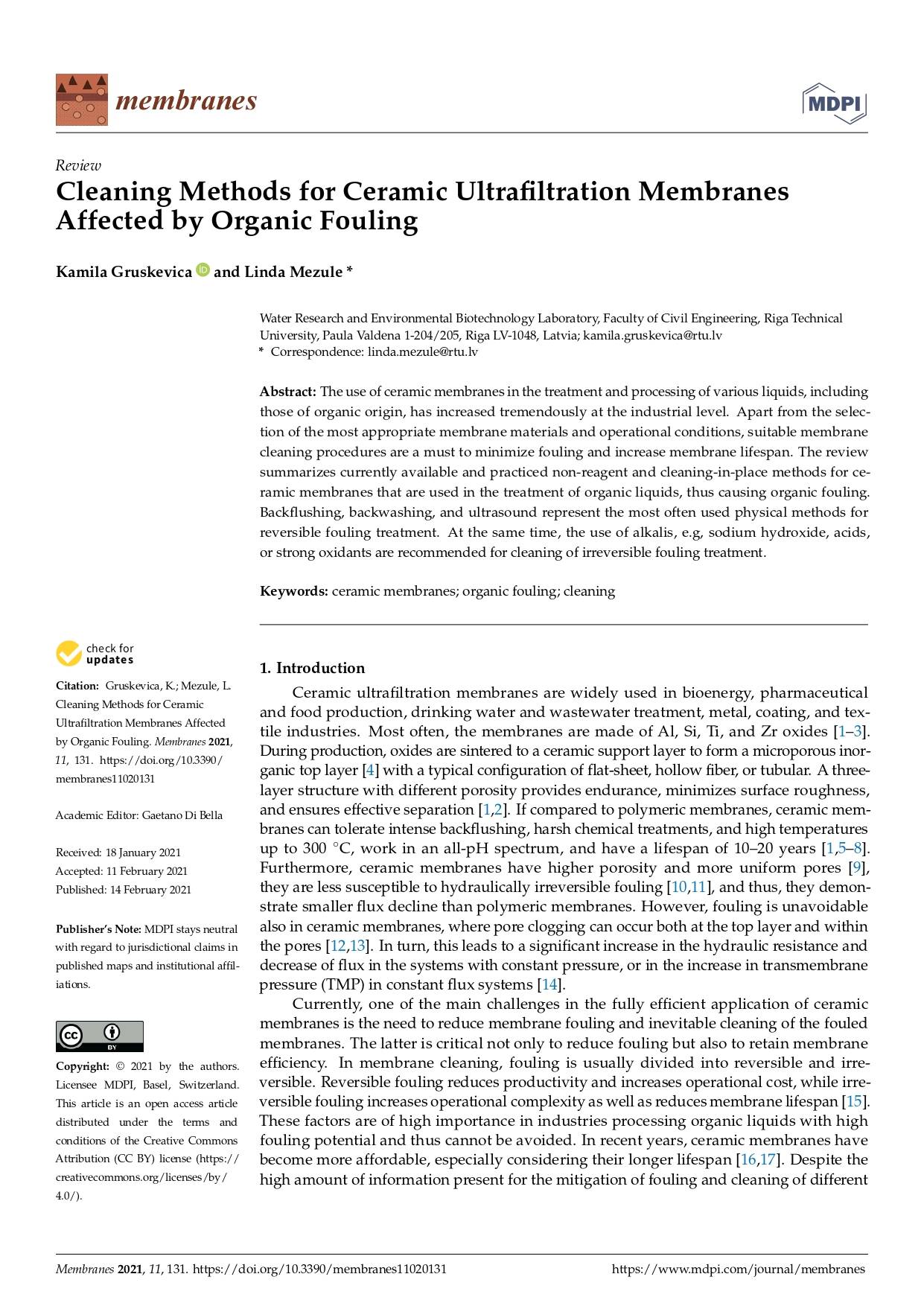
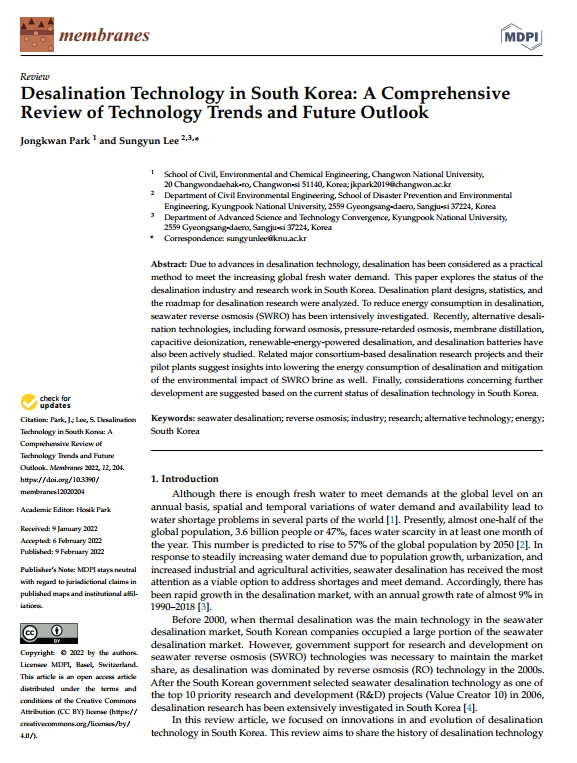
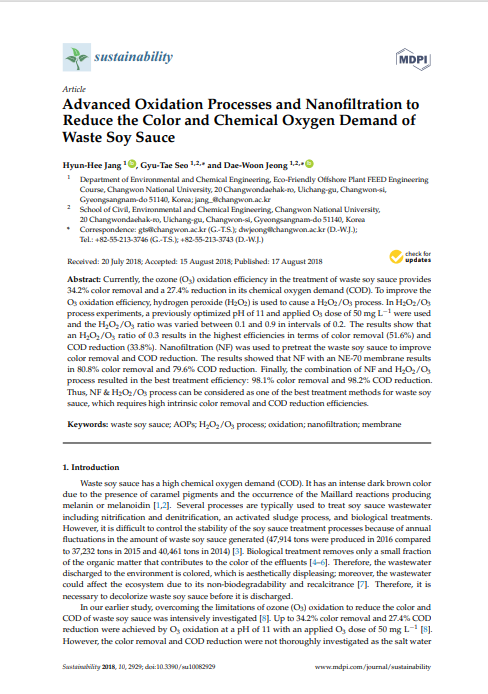

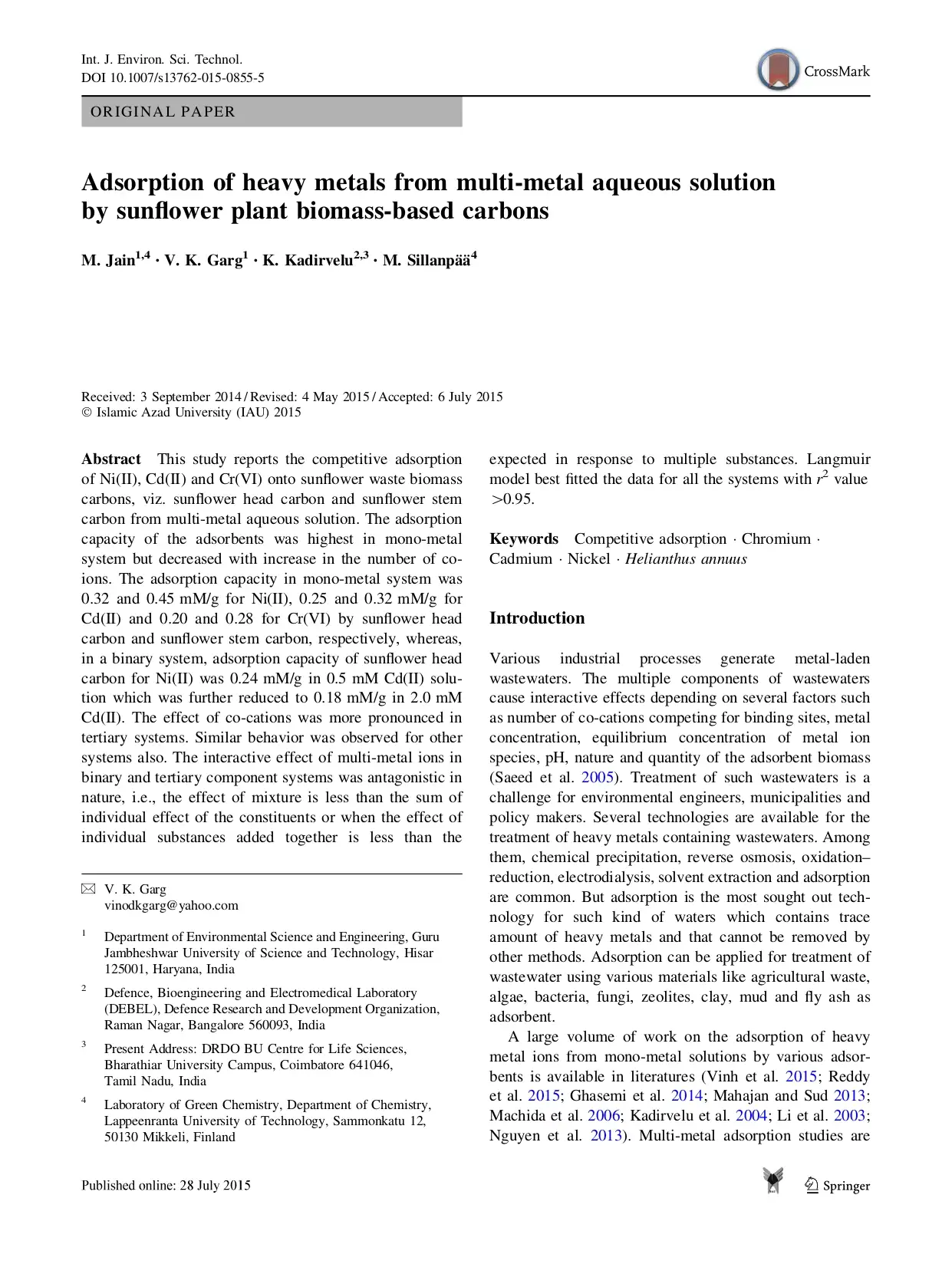
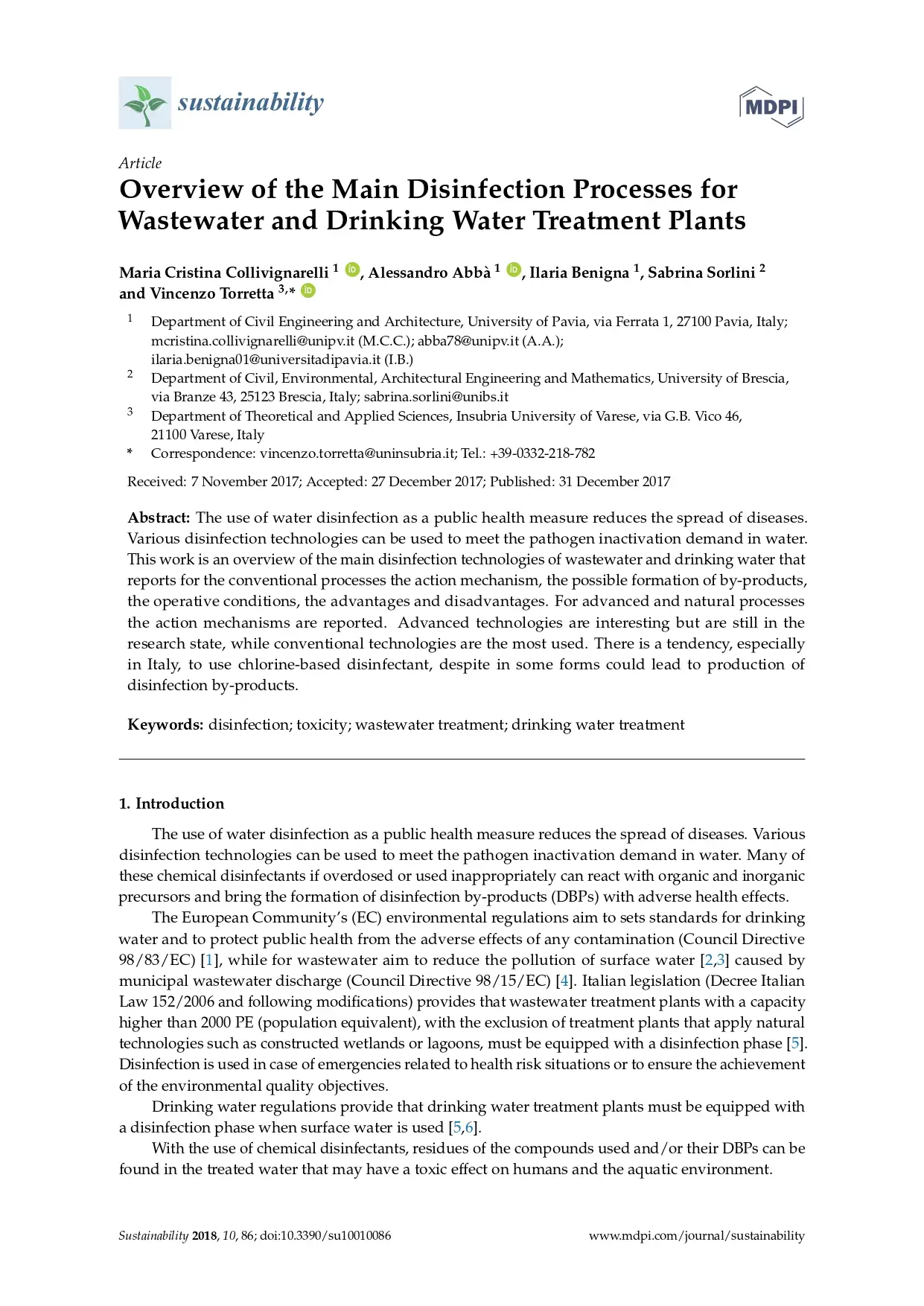
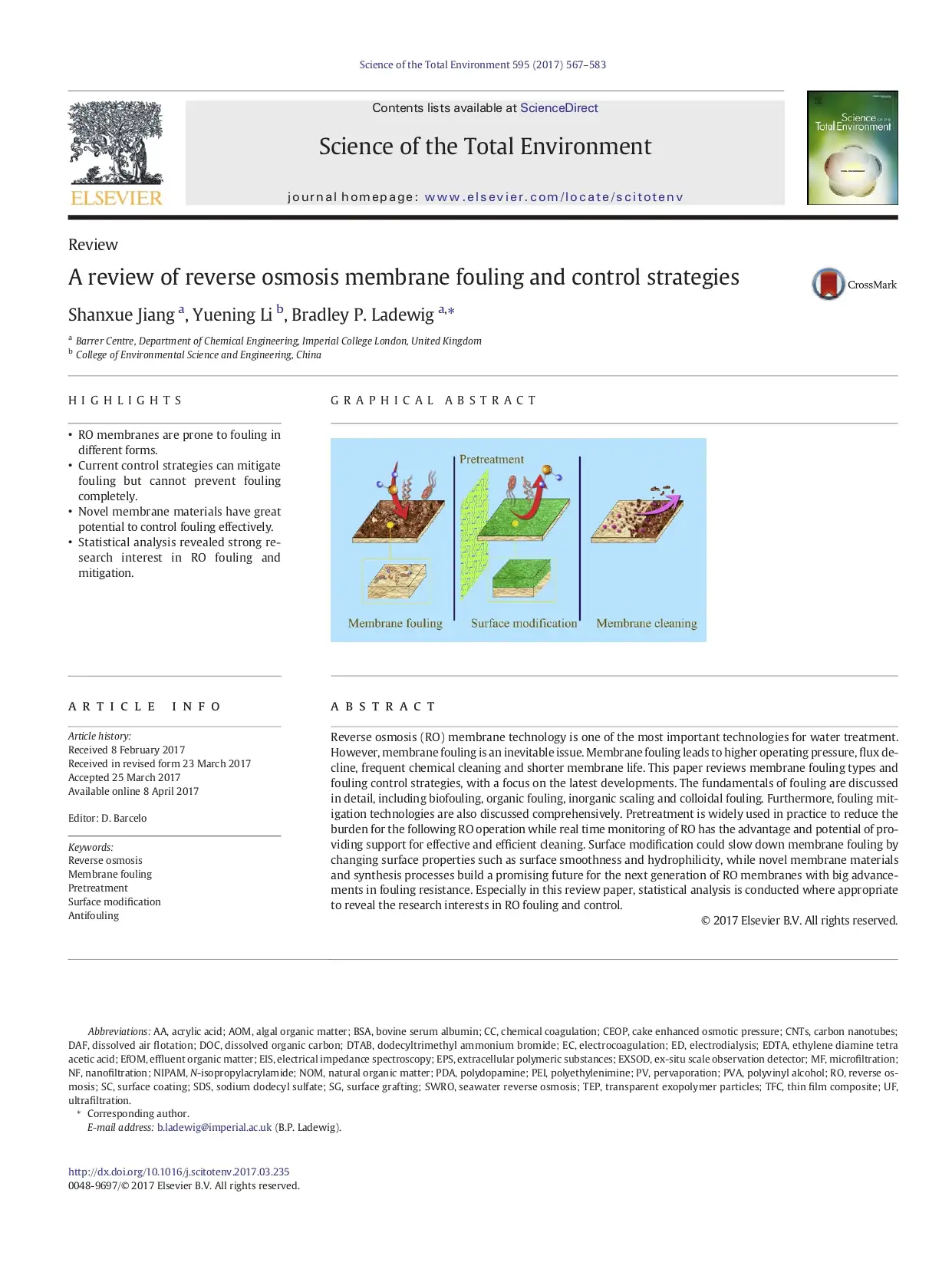
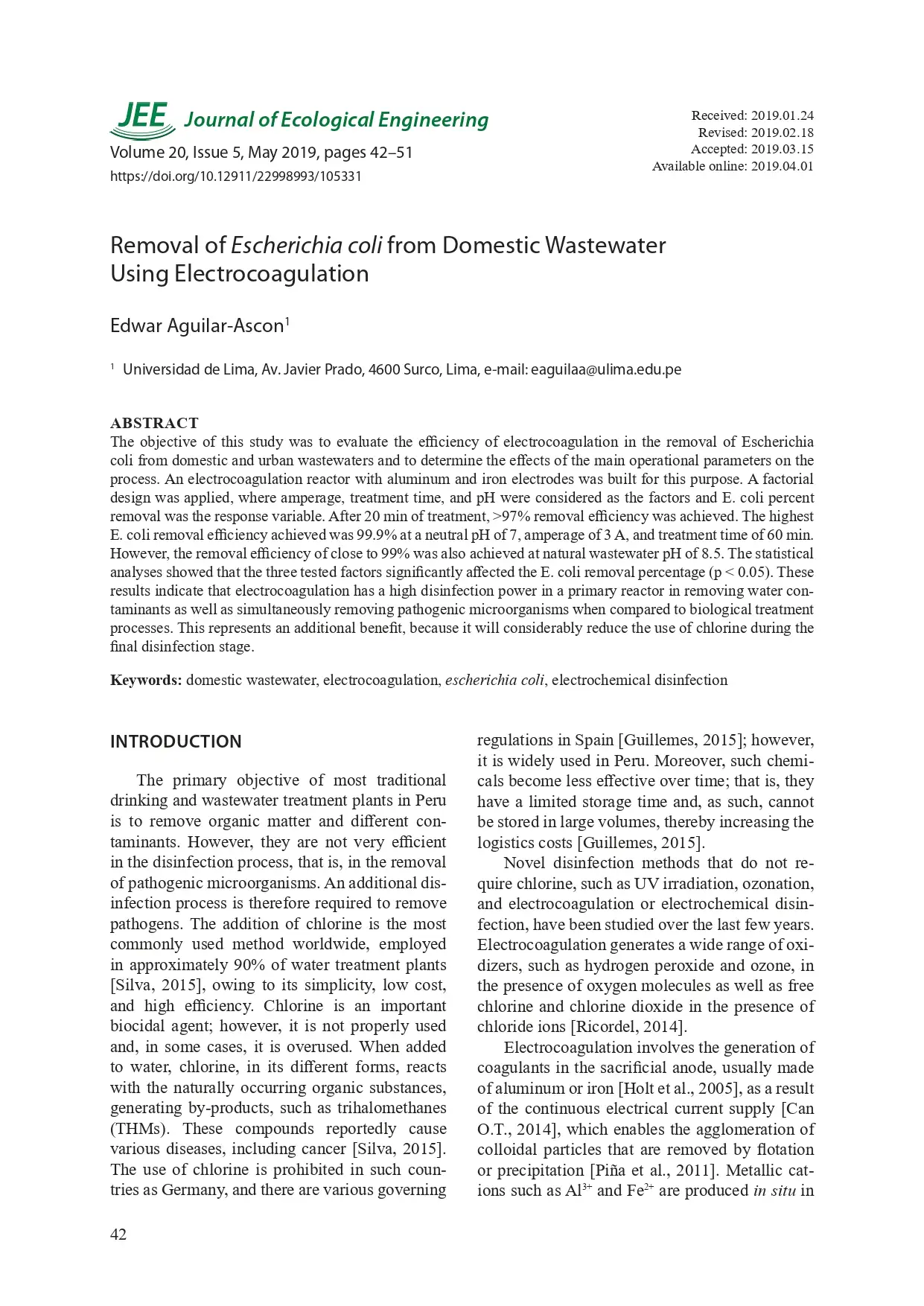
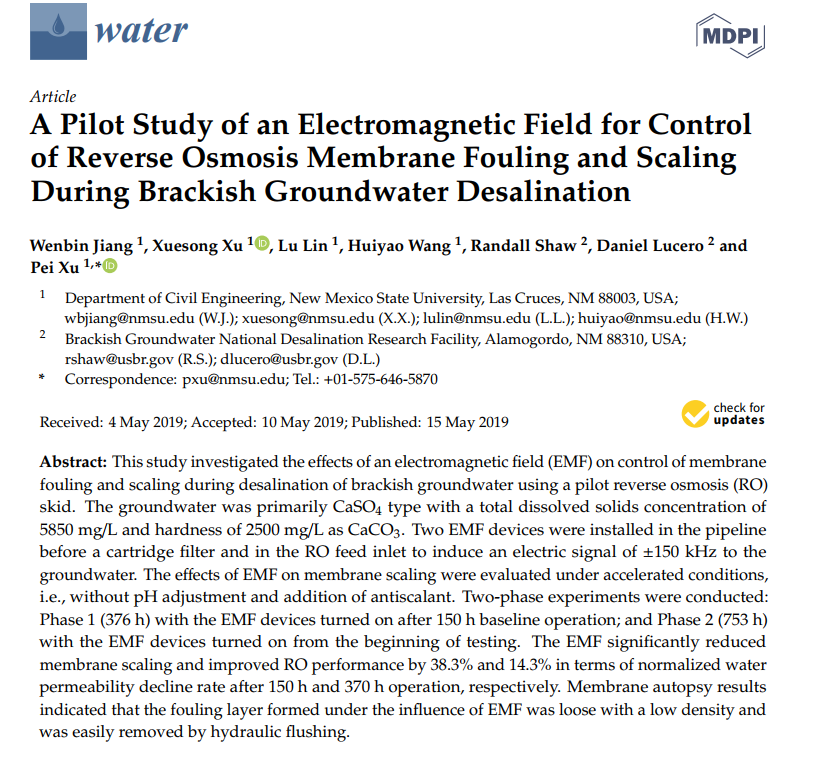

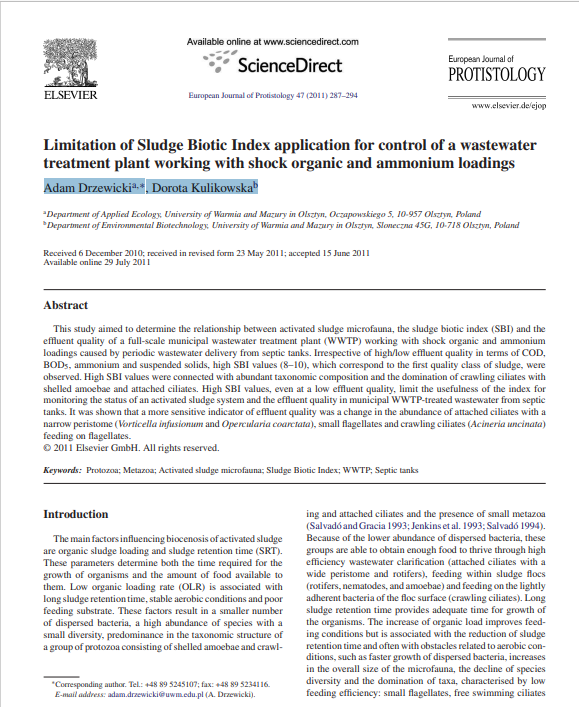
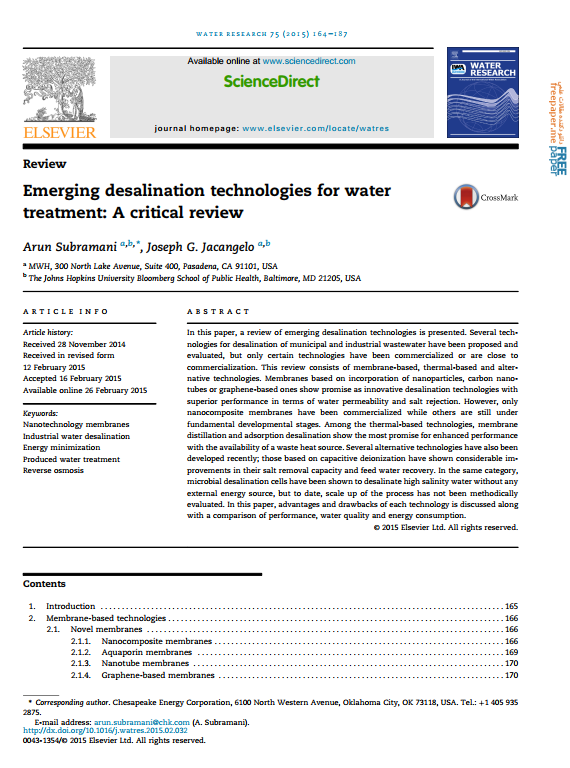
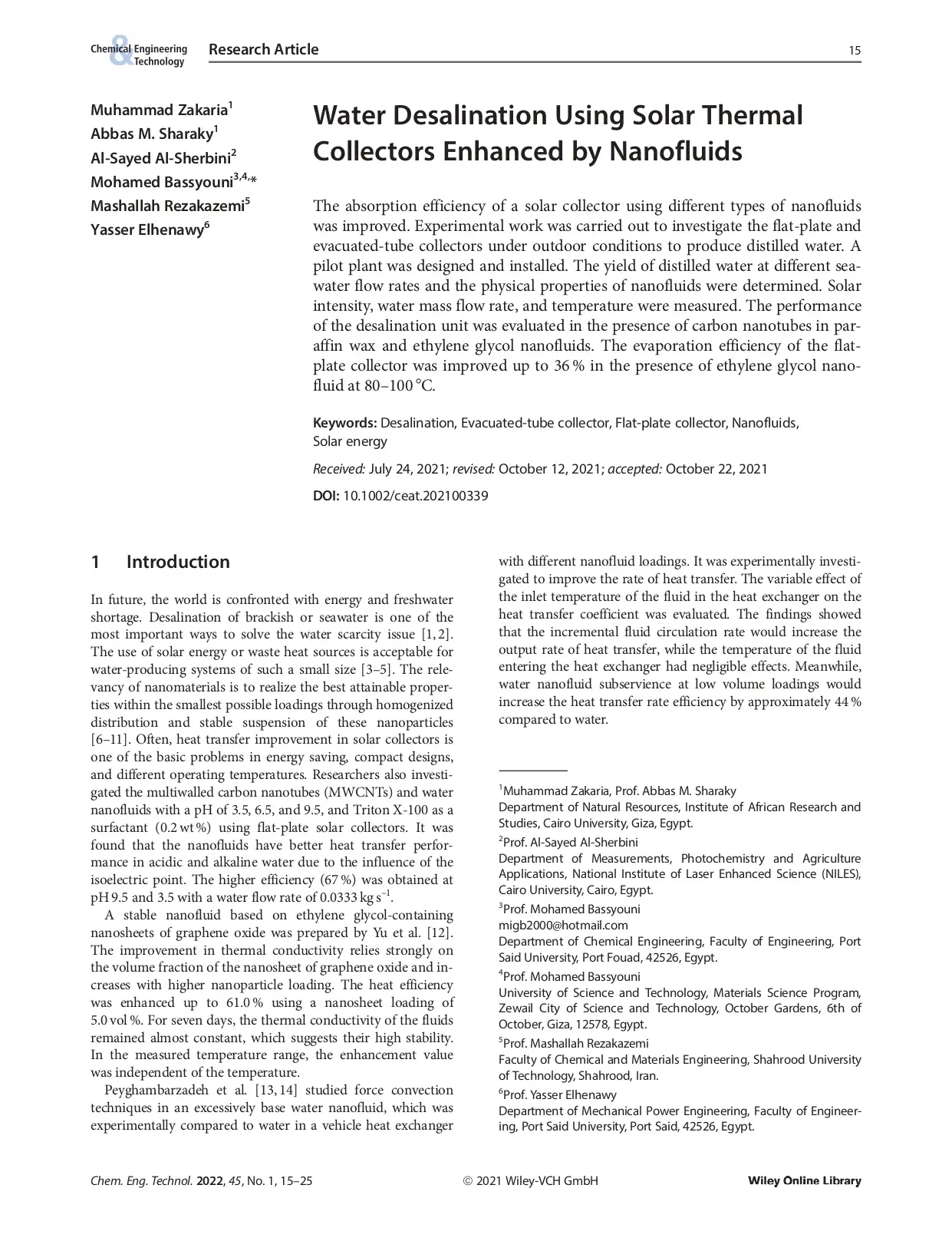
Reviews
There are no reviews yet.